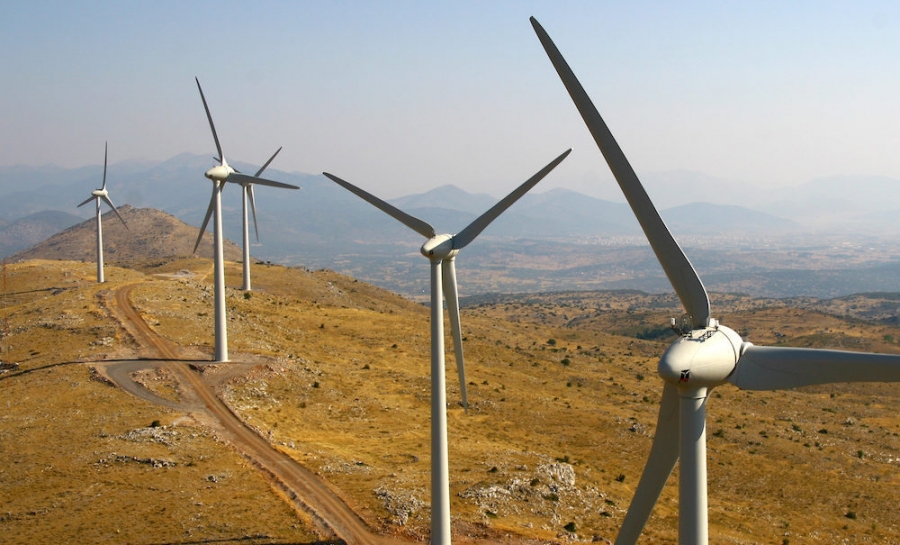In recent years, a curious trend has emerged that marries the devastation of forest fires with the promise of renewable energy generation. Across various regions, the scorched landscapes left behind by wildfires are finding new purpose as sites for wind turbines. This unique convergence of circumstances has sparked discussions about the environmental and societal implications of utilizing fire-ravaged lands for sustainable energy production.
Forest fires, once solely viewed as agents of destruction, are now serving as unexpected catalysts for a different kind of transformation. The concept of repurposing burnt areas for wind energy harnesses two contemporary global concerns – climate change mitigation and renewable energy expansion. The synergy between these domains is both intriguing and paradoxical, leading to complex dialogues within the environmental community.
The rationale behind the establishment of wind farms on post-fire lands is multi-fold. Firstly, the devastated areas often have reduced vegetation cover, which can facilitate the installation and maintenance of wind turbines. The absence of dense forests minimizes the risk of damage to the turbines from falling trees during strong winds, potentially extending their operational lifespan. Moreover, the strategic placement of wind turbines within such regions can mitigate the potential for future fires, as they can act as firebreaks by interrupting the path of flames and reducing the spread of fire.
However, this trend is not without its skeptics and critiques. Concerns have been raised about the potential disruption to the ecosystem recovery process. Forest fires, despite their destructive nature, play a role in rejuvenating the natural cycle of plant and animal life. By introducing wind turbines into these areas, questions arise regarding potential disruptions to wildlife habitats, migration patterns, and the overall ecological balance. Striking a balance between the imperative for renewable energy and the preservation of ecosystems presents a delicate challenge that demands careful consideration and scientific assessment.
Economically, repurposing fire-affected lands for wind energy can provide a silver lining for local communities. The infusion of renewable energy infrastructure can stimulate job creation, revitalize economies, and contribute to local revenue streams through taxes and lease agreements. Additionally, if handled thoughtfully, these wind farms could become educational platforms, raising awareness about the intertwining issues of climate change, energy transition, and sustainable development.
As with any endeavor, the proliferation of wind turbines on fire-prone lands requires meticulous planning, thorough impact assessments, and inclusive community involvement. Regulatory bodies, environmental organizations, and energy developers must collaborate to ensure that the benefits of this unique symbiosis outweigh the potential drawbacks. Robust monitoring and adaptive management strategies will be crucial to safeguard both the environment and energy generation goals.
In conclusion, the emergence of wind turbines in areas scarred by forest fires marks a fascinating convergence of environmental challenges and sustainable solutions. This trend underscores the intricate relationship between human endeavors and the natural world, forcing us to weigh the pros and cons of every innovation against the backdrop of environmental stewardship. While the path forward is not without obstacles, the very existence of this discourse reflects humanity’s increasing awareness of the intertwined fate of our planet and the energy systems that power it. As we navigate these uncharted territories, one thing remains clear: the journey towards a greener future requires us to harmonize seemingly disparate forces for the collective benefit of both nature and society.
Συντάκτης: Ελένη Καπάρου


